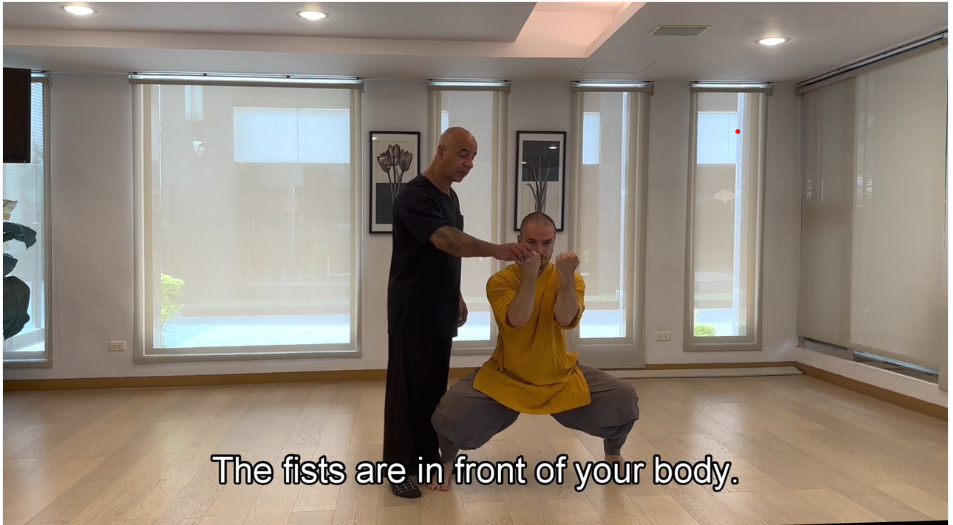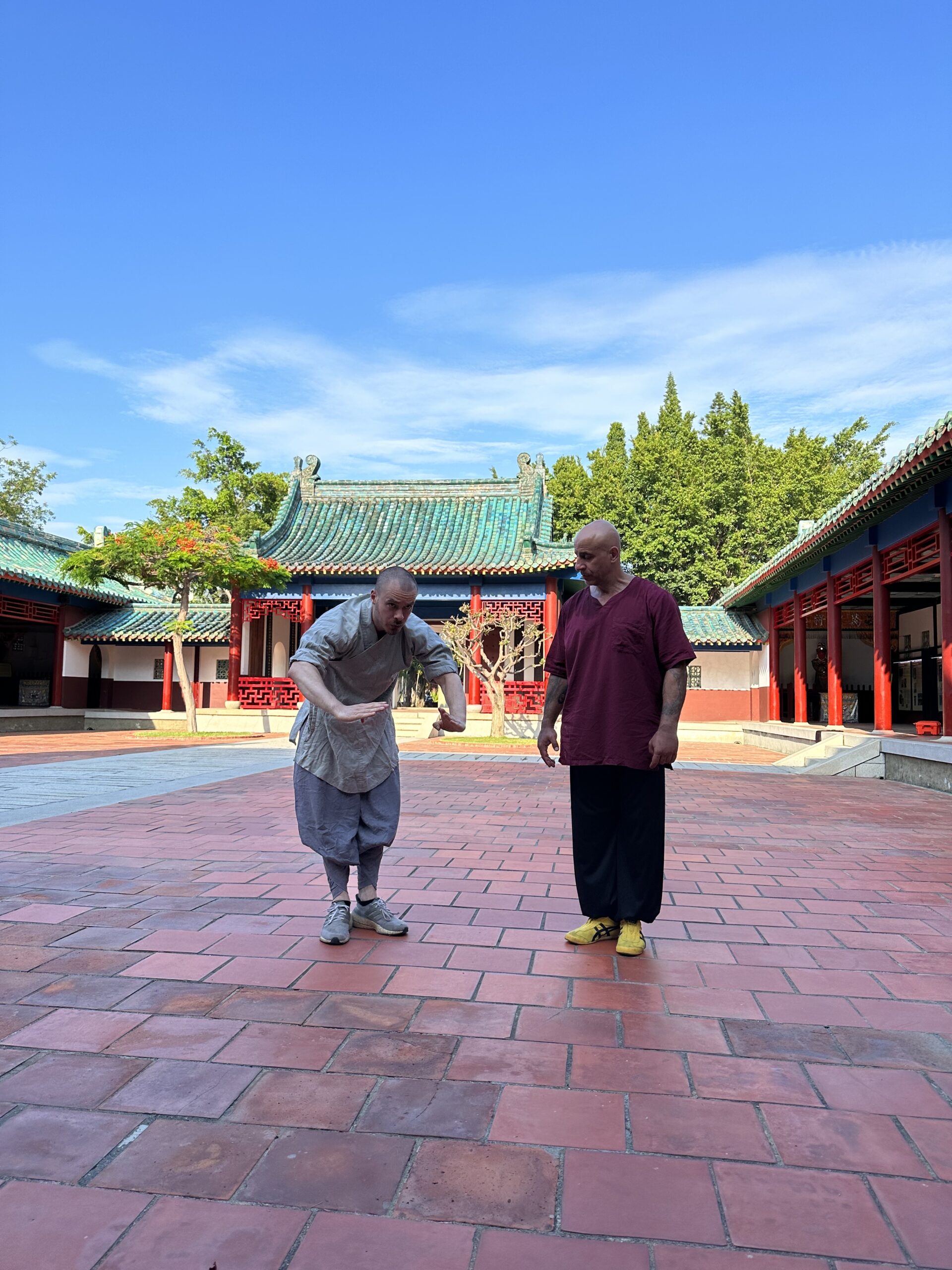Jiang Shi Monkey Fist Door-Salutation+Basic Stances
NT$5,500
(approximately 150 EUR)
The unit of this website is [New Taiwan Dollar]. If you want to know your local currency, please calculate the exchange rate yourself
[Jiang Shi Monkey Fist Door-Salutation+Basic Stances]
The first basic skills to learn Monkey Fist Kung Fu–Salutation [Jiang Shi Monkey Fist Door-Basic Stances] Chinese martial arts emphasize the principle of “learn etiquette first, then learn techniques; cultivate virtue first, then practice martial skills.” initial lesson in martial arts isn’t about learning combat techniques, but rather about learning the forms of fist techniques. In Chinese martial arts, the gesture of “hold fist” (bào quán) signifies: the left hand’s palm with four extended and joined fingers symbolizes the completion of the “four pillars” of virtue, wisdom, physique, and beauty, representing noble character. The left thumb bends inward and turns downward, signifying humility and lack of arrogance. The right hand clenched into a fist symbolizes bravery and a dedicated spirit towards martial arts training.[Jiang Shi Monkey Fist Door-Salutation] Chinese martial arts emphasize the principle of “learn etiquette first, then learn techniques; cultivate virtue first, then practice martial arts skills.” The initial lesson in martial arts isn’ t about learning combat techniques, but rather about learning the forms of fist techniques. In Chinese martial arts, the gesture of “宝盈” (bào quán) signifies: the left hand’s palm with four extended and joined fingers symbolizes the completion of the “four pillars” of virtue, wisdom, physique, and beauty, representing noble character. The left thumb bends inward and turns downward, signifying humility and lack of arrogance. The right hand clenched into a fist symbolizes bravery and a dedicated spirit towards martial arts training. The first basic skills to learn Monkey Fist Kung Fu-Salutation
Basic Stances(Ma Bu) is a fundamental stance training utilized by most Chinese martial arts schools. It is a basic practice of standing postures. Only a few styles like Tai Chi Chuan exclude this stance practice. Through practicing Ma Bu, the main goal is to regulate “essence, energy, and spirit,” achieving the regulation of qi and blood, cultivating the spirit, and training the control of intention and awareness.
When squatting into the Ma Bu stance, practitioners are often required to focus their mind, maintain a calm breath, squat deeply, evenly, and steadily. This practice targets organs such as the throat, chest, and kidneys. It involves contracting the abdominal muscles, tensing the leg muscles, aiming for a comprehensive training effect on the entire body.






